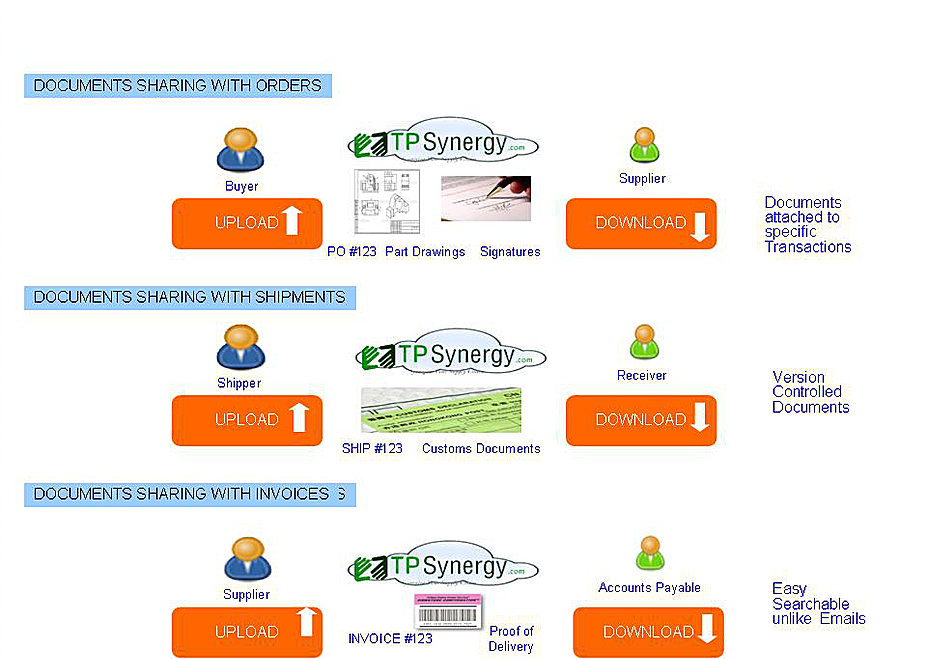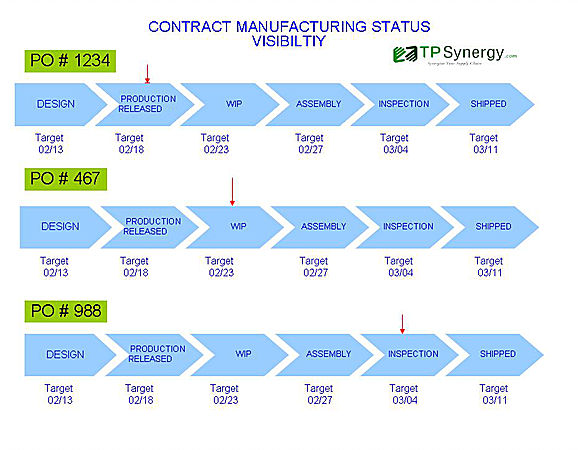Inventory Visibility in Contract Manufacturing
Although it’s not a recent innovation, contract manufacturing is being widely adopted by many large corporations. One notable example of this is Apple, which contracts the manufacturing of its phones to external companies such as Foxconn. While research and development is still done by Apple, the actual creation of its products is mostly done elsewhere. This has a multitude of benefits to both the main company and the contractors.
There are two main types of contract manufacturing: consignment and turnkey. In the consignment model, all necessary materials are given to the contractor by the company, while in the turnkey model, the contractor is responsible for procuring the necessary resources. Each model has its benefits and disadvantages, but one common problem is inventory management risk. If the contractor does not manage the inventory correctly, it could lead to a stock shortage, freezing the entire supply chain.
THE PROBLEMS WITH MRP
To solve this, most contracting companies make use of a Material Requirement Planning (MRP) system. While this may be good at planning the inventory owned by the company, it’s not able to accurately plan the inventory needed by the contract manufacturer. This is due to the often vague sub-component level of the Bill of Material.
INVENTORY VISIBILITY ON THE CLOUD
The best solution to the inventory problem is to have it on the cloud. Rather than using documents, a cloud portal for will provide the necessary vital input to the supply chain planners in real-time. In addition, the current status of the inventory is provided by the contract manufacturers in the cloud portal, and all changes are visible to every member of the supply chain immediately.
Contact us today to learn how TPSynergy can integrate a cloud vendor portal into your business.






Leave a Reply